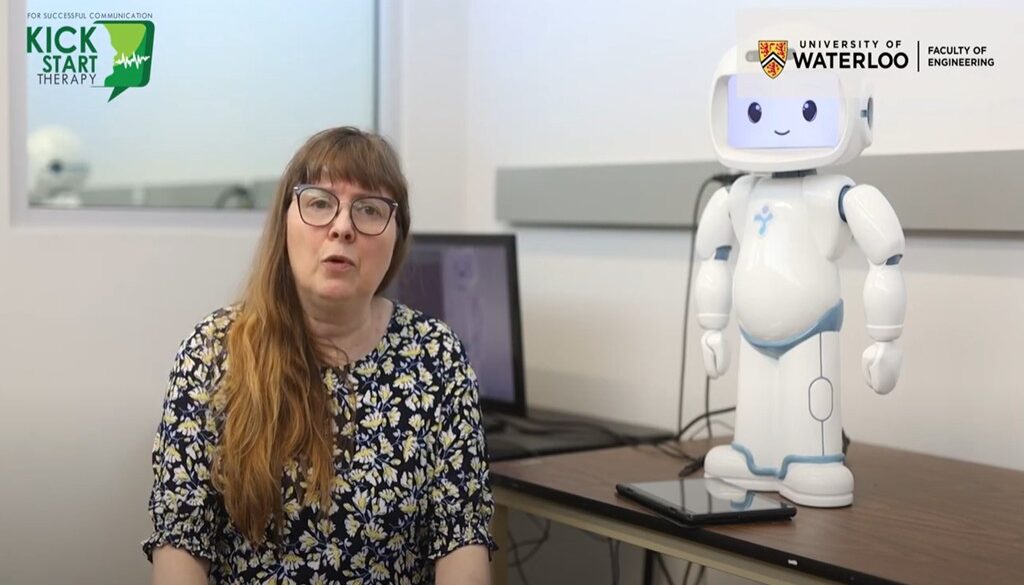
Abstract
As the use of social robots in real-world applications continues to grow, there is an increasing need for participatory research to ensure these technologies are effectively tailored to the needs of their users. Given the limited deployment of robots in speech and language therapy, we adopted a co-design approach, fostering active collaboration between human-robot interaction researchers and speech-language pathologists (SLPs). Over an 18-month period, the team conducted interviews, shadowing sessions, and regular co-design meetings. This process provided valuable insights into clinical speech-language therapy for children and highlighted key design considerations for integrating social robots into therapy. The resulting robotic system was specifically developed to align with the needs and preferences of SLPs, enabling seamless integration into existing clinical sessions without disrupting established therapeutic practices.
Reference:
Azizi, N. et al. (2025). Development of Robot-Assisted Speech-Language Therapy: Co-design with Speech-Language Pathologists. In: Palinko, O., et al. Social Robotics. ICSR + AI 2024. Lecture Notes in Computer Science(), vol 15561. Springer, Singapore. https://doi.org/10.1007/978-981-96-3522-1_32
https://link.springer.com/chapter/10.1007/978-981-96-3522-1_32